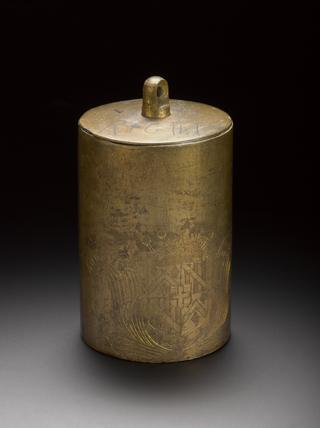
Early balance spring watch by Thomas Tompion
- Made:
- 1675-1679 in Fleet Street
- maker:
- Thomas Tompion








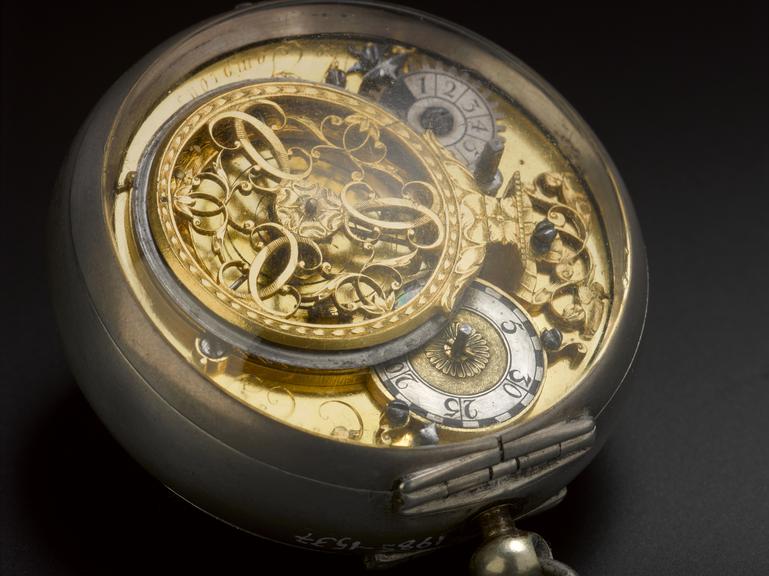
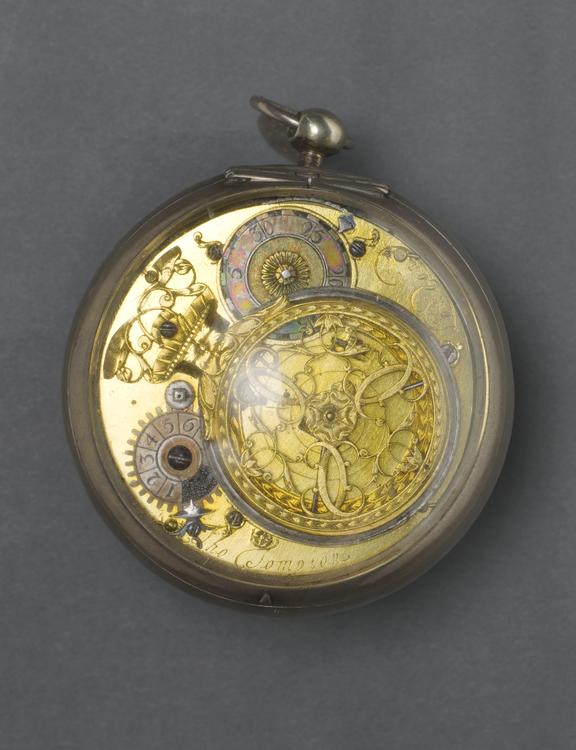

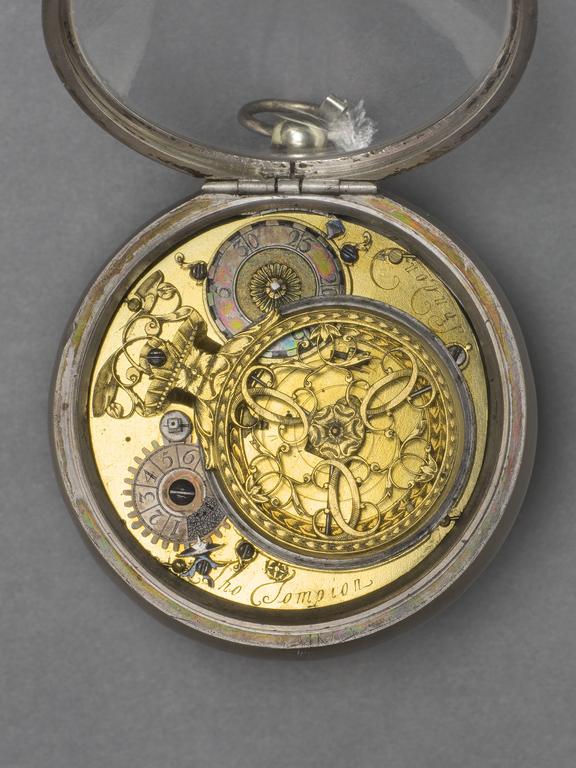
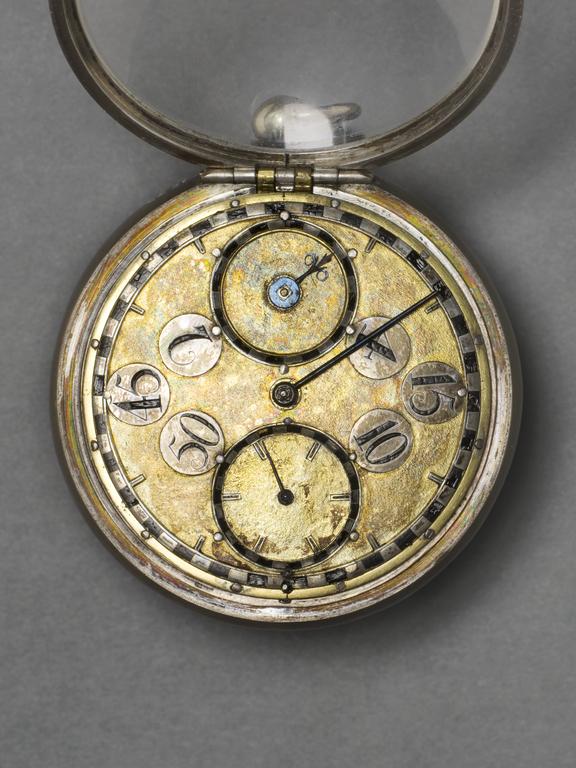

Early balance spring pocket watch in silver case made by Thomas Tompion, Fleet Street, London, England, 1675-79. The watch features an unusual dial showing minutes on the main dial and two subsidiary dials for the hours (in the upper position) and seconds (in the lower position). The subsidiary dial for hours indicates up to six hours in each cycle.
This watch, made by Thomas Tompion (1639-1713), is one of the earliest surviving watches with a balance spring. When Christiaan Huygens (1629-1693) applied the spiral spring to the balance of a watch in 1675 it brought about an improvement in timekeeping comparable to that produced by the application of the pendulum to the clock. Minutes were now able to be reliably indicated on watches as well as clocks. Robert Hooke (1635-1703) strongly contested Huygens' claim to this invention and later in that year Thomas Tompion made several watches with balance springs under his direction. This unusual dial truly celebrates the representation of minutes, which are indicated by the outer ring and the large, centrally-pivoted, hand, which was usually reserved for the indication of the hours. The upper subsidiary dial indicates the hours 1-6, which means that the numeral '2' represents 8 o'clock as well as 2 o'clock. The lower subsidiary dial indicates the seconds and is located at the position that would become typical for those dials which represented seconds.
Details
- Category:
- Time Measurement
- Object Number:
- 1985-1537
- Materials:
- silver (metal), glass, brass (copper, zinc alloy) and steel (metal)
- Measurements:
-
overall: 32 mm x 53 mm x 62 mm, .13kg
- type:
- pocket watch
- credit:
- Purchased with support from the National Heritage Memorial Fund



